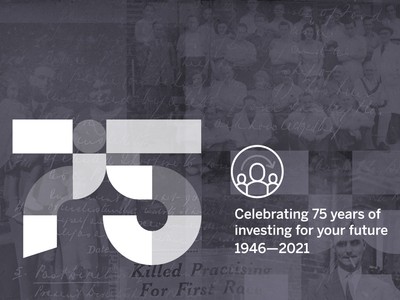Steam had a profound impact on the industrial revolution, powering trains, boats and factories. Since then, steam use case applications have expanded and it now plays a fundamental part in almost every industrial process, from blanching food to space heating in hospitals. Steam remains a highly efficient medium for energy transfer. Spirax has been at the forefront of the industry for the last 130 years and remains the global market leader in the manufacture and maintenance of ‘steam loops’ – the process through which steam is created, distributed and recycled.
The modern day Spirax-Sarco doesn’t just operate in the steam market. It is a multi-national engineering company comprised of three market-leading niche businesses: Steam Specialities (61% of revenue), Electrical Thermal Solutions (15%) and Watson-Marlow (24%). Regionally, revenue splits between Europe, Middle East & Africa (42%), Americas (32%) and Asia Pacific (24%).
Electrical Thermal Solution is a very similar business to Steam Specialities, except electricity is used as the means for transferring energy, particularly in applications that require higher temperature and a more controllable temperature range. Meanwhile, Watson-Marlow is a specialist in peristaltic pumps, a type of pump that uses rollers to move fluids precisely without contamination and requires little maintenance.
An example of all of Spirax’s businesses in action can be seen in food manufacturing: Steam is used for blanching, cooking, baking, packaging, cleaning and sterilising. Electrical process heating elements are used in high-temperature commercial food equipment. Peristaltic pumps are used to meter ingredients, deliver food to process lines and handle process waste.
The common set of characteristics across the three businesses are the repeat nature of their revenue models, the mission critical nature of their products, and the reliance that customers place on Spirax’s technical expertise.
What unites all three of Spirax’s businesses and is the group’s source of competitive advantage is its direct sales force. It enables the group to meet the three key criteria of its customers: 1) availability of product; 2) technical understanding and advice and; 3) product quality.
What unites all three of Spirax’s businesses and is the group’s source of competitive advantage is its direct sales force.
Its sales force are typically engineers by trade, with many having PhD qualifications, who have subsequently been trained to become sales representatives. Out of its c.8,000 employees, c.1,600 are sales engineers, c.10x more than their closest competitor. The sales force is specialised by division and, in some cases, end-market sectors as well.
This is important for two key reasons:
- having engineers ‘walk-the-plant’, build relationships with customers and understand their productivity, control and energy efficiency problems, gives Spirax the opportunity to ‘self-generate’ revenue and
- a direct sales approach gives Spirax considerable pricing power as customers can be willing to pay for high-quality products/technical advice, given the efficiency savings they provide, with payback periods typically 12-24 months.
A good example of this is when Nestle asked Spirax to audit its steam system at its Mexico coffee plant. Spirax found that condensate was being lost, so it installed a system to capture the condensate and return it to the boiler (saving energy, water and water treatment chemicals). Overall, they stated the project cost Nestle £76,000 but generated annual savings of £67,000 and, significantly lowered energy consumption and CO2 emission.
Spirax has been at the forefront of the industry for the last 130 years.
Spirax generates 72% of its revenue through direct sales channels whereas 28% of revenue comes indirectly from margin-dilutive distributors, typically in geographical markets where the group is still building a presence. In regards to availability of product, Spirax has a comprehensive geographical footprint in terms of manufacturing (14 countries, 30 sites) and operating units which hold stock (66 countries). In the Steam business, it is able to offer same-day delivery to most of the world, which is crucial to many industries where production continuity is of utmost importance. This combined with Spirax’s broad product offering of over 30,000 units enables it to be a one-stop shop for customer needs, simplifying their procurement process.
Although the ability of Spirax’s direct sales force to ‘self-generate’ revenue does insulate the group from the wider macroeconomic cycle, global industrial production is an important driver of growth. It therefore follows that there is a degree of cylicality to Spirax’s businesses that leaves it susceptible to economic downturns. Whether the current valuation of shares (c.46x December 2020 expected earnings), which could be deemed expensive, reflects this reality is however debatable.
Illustration by Jordan Atkinson




